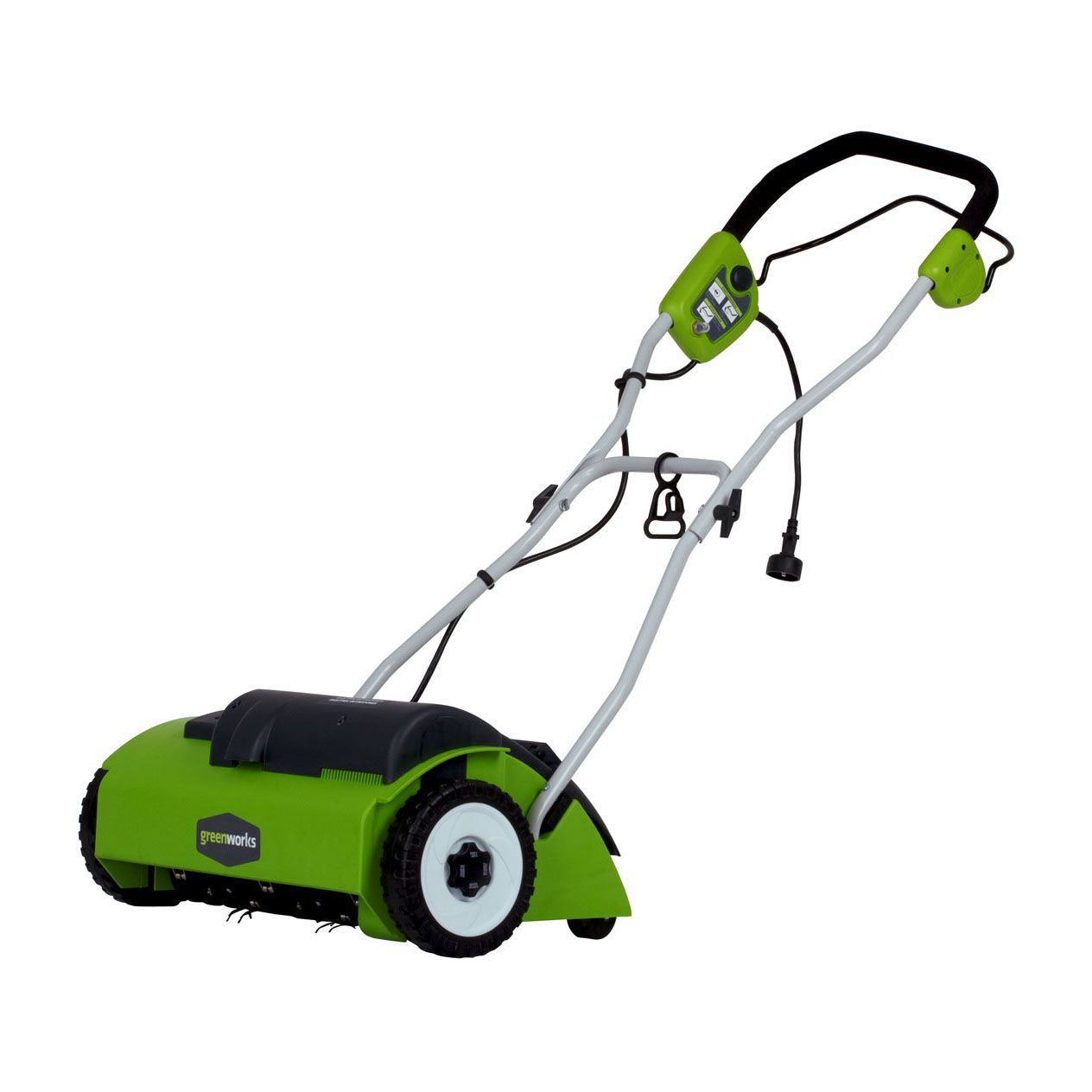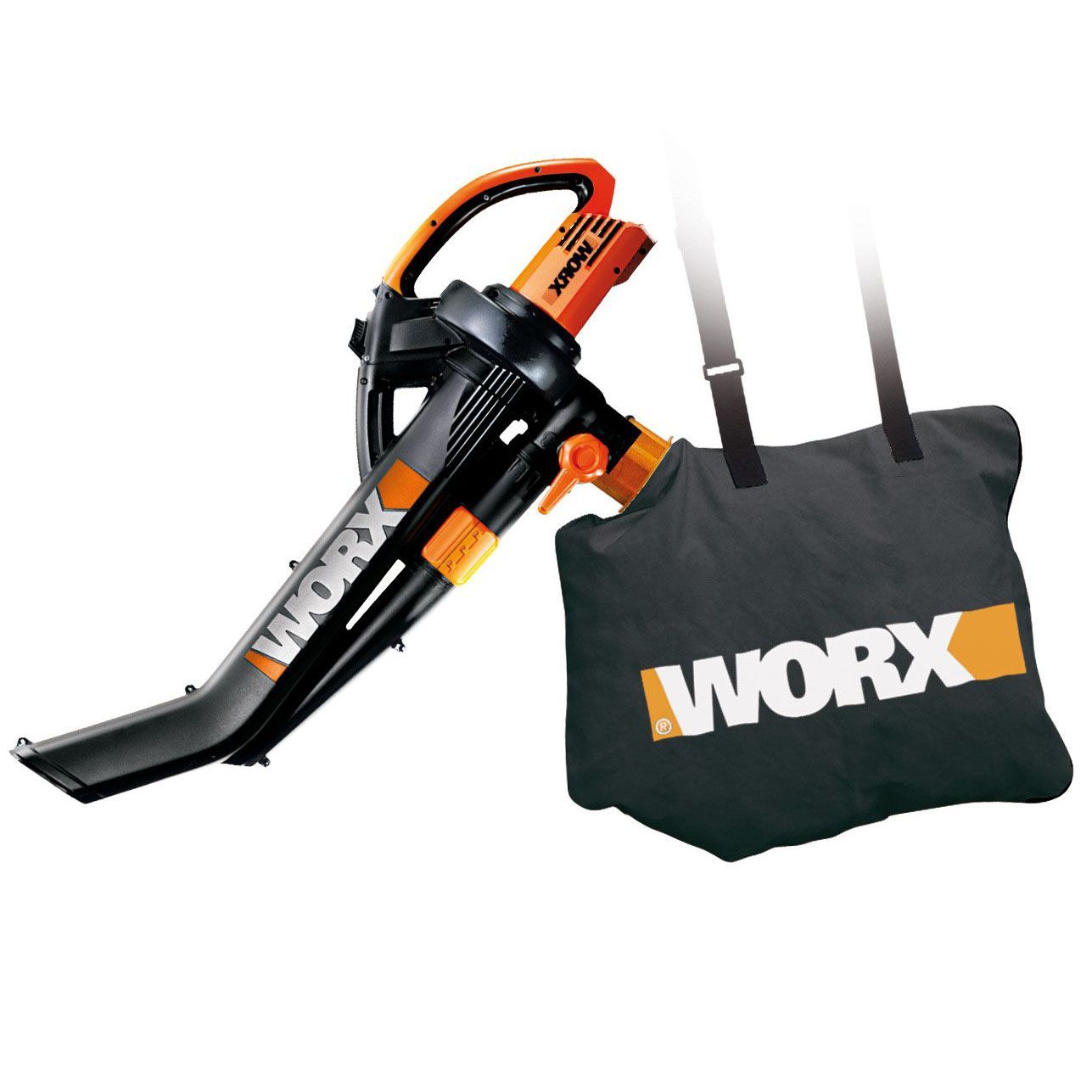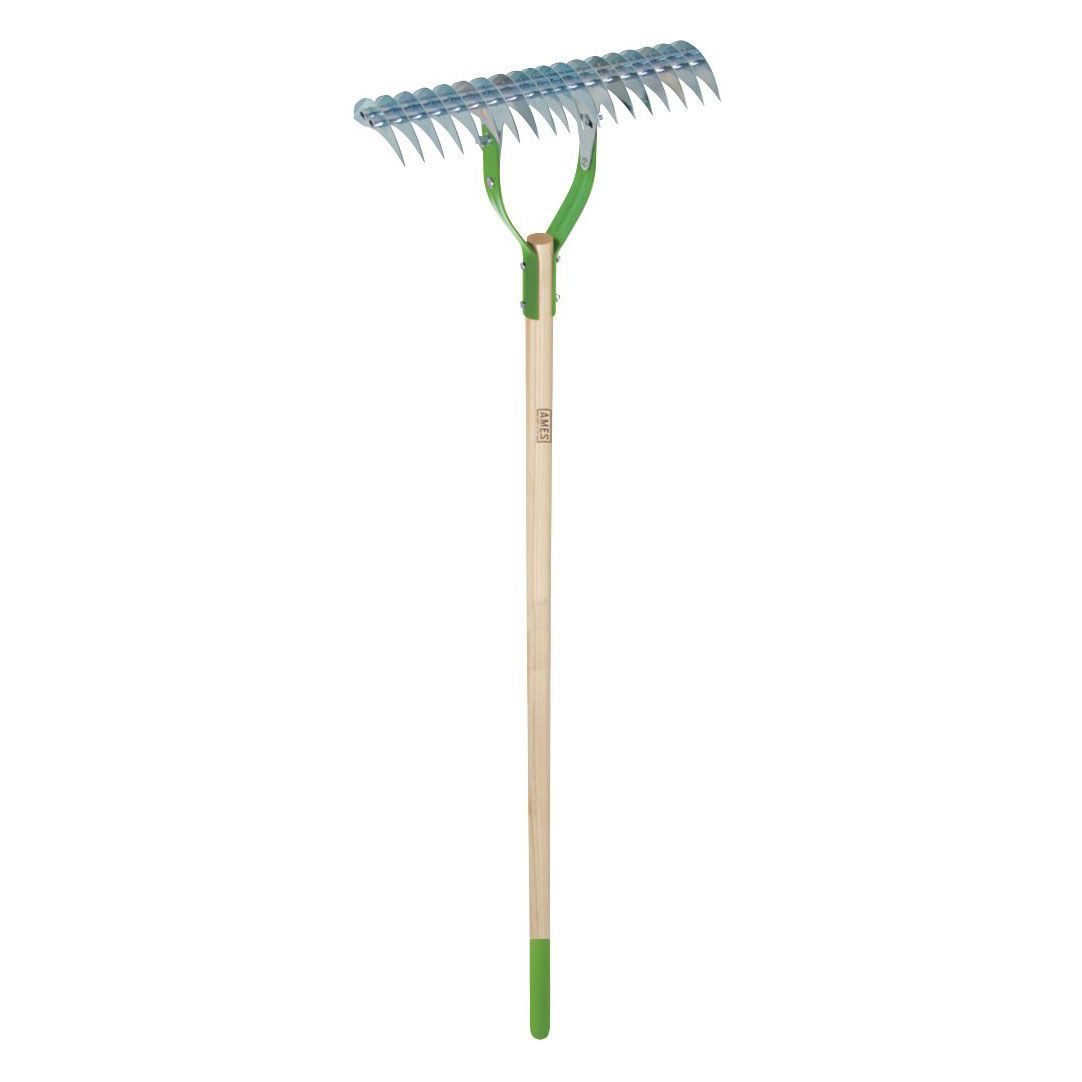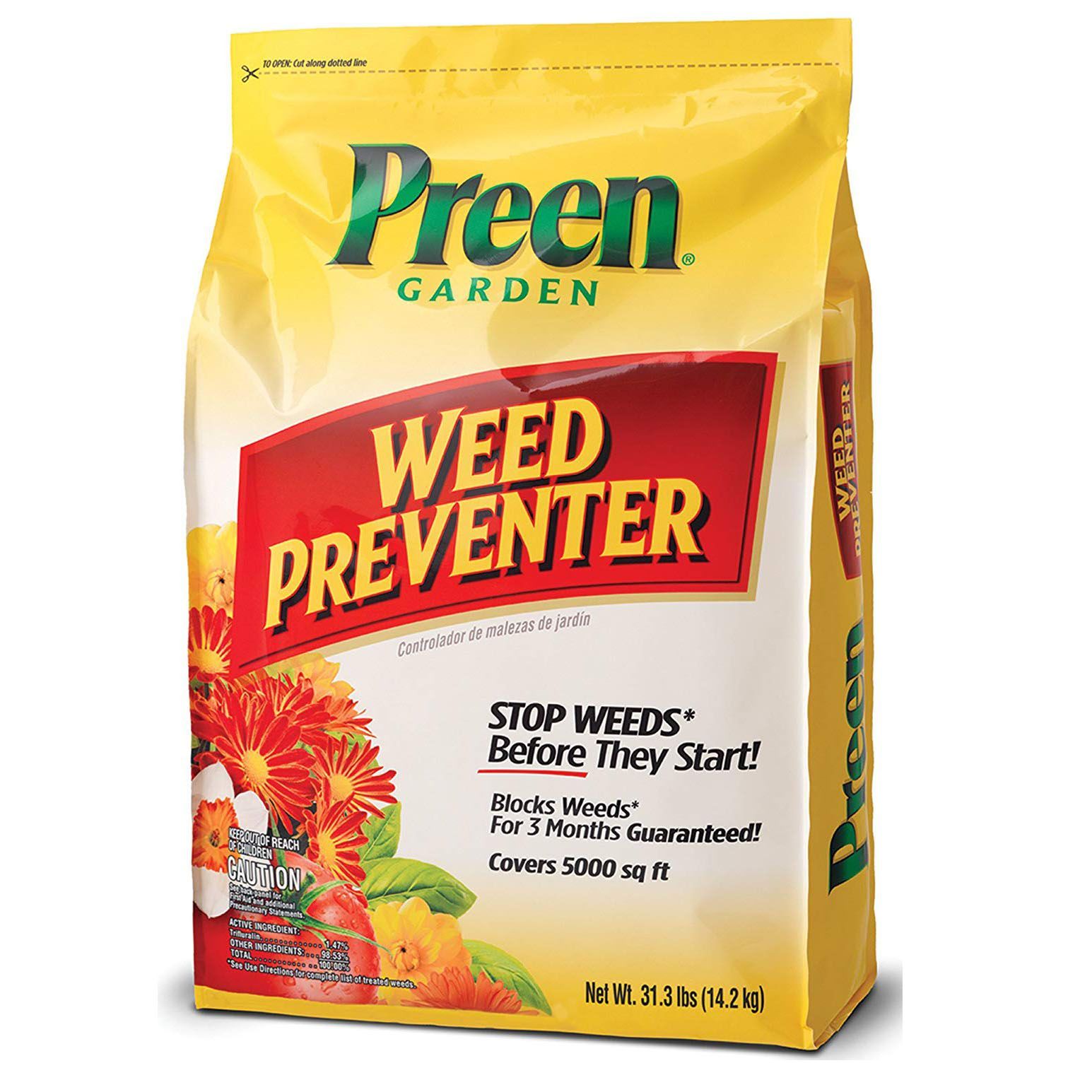How To Use A Thatching Rake
A key step to growing and maintaining lush, light-green grass is removing thatch from your lawn, a process that's known as dethatching. Thatch is a layer of dead stems, roots and other debris that collects betwixt the grass and the soil. When thatch builds up it forms a most bulletproof mat that prevents water, nutrients and air from reaching the soil, eventually choking out the grass.
Dethatching is necessary when the thatch layer is well-nigh ane inch thick, and it's recommended that you remove thatch at least once a year.
For northern grasses the best time to dethatch your backyard is between late-summer and early-fall. For southern grasses, y'all should dethatch in belatedly-spring. Here are the five steps to dethatching a lawn:
More From Popular Mechanics

Step 1: Choose the Advisable Tool
To remove thatch from a relatively small grand, use a thatching rake, which has a series of closely spaced sharp, rigid blades. Simply pull the rake across the lawn to rip out the disordered thatch.
A thatching rake is surprisingly fast and effective, but it tin can be very fatiguing after awhile. So, if you've got a large backyard save yourself some fourth dimension and toil by renting a power dethatcher, which is a gas-powered, walk-behind car that's armed with hundreds or abrupt blades or flexible tines, as shown below. Only run the motorcar back and forth across the lawn to remove the thatch.
Regardless of whether y'all utilise a thatching rake or dethatching machine, be certain to mark the locations of any sprinkler heads, shallow-buried cables, or other obstructions prior to dethatching the backyard.
Step ii: Rake the Lawn Clean
When you're done dethatching the lawn, remove all the loosened thatch with a leaf rake or g vacuum. Then, water the backyard until the soil is thoroughly saturated.
Step 3: Aerate the Soil
Aeration is an important, merely often overlooked, function of backyard care. It's the process of punching holes into the backyard, and so water and nutrients tin readily feed the grass. Hire a gas-powered core aerator and run it across the lawn. The automobile volition aerate the lawn and leave behind small plugs of soil, which you lot can easily rake into the grass.
Step 4: Overseed the Lawn
If the grass looks a picayune thin or is balding in spots, now'southward a good fourth dimension to overseed the lawn. Overseeding is simply spreading new grass seed over an existing lawn. Check the grass-seed label for spread rates, but near grasses recommended dispersing x to 15 lbs. of grass seed for every 1,000 sq. ft. of backyard.
The exception is a mixture of Kentucky bluegrass and perennial ryegrass, which only needs three to four lbs. of seed per one,000 sq. ft. After overseeding, water the lawn well.
Footstep five: Add Fertilizer
The terminal step is to employ a lawn fertilizer with pre-emergent herbicide, which will preclude weeds from germinating. Now exist patient, information technology typically takes iv or five weeks for the lawn to recover and evidence signs of new growth.
Joe is a quondam carpenter and cabinetmaker who writes extensively near remodeling, woodworking, and tool techniques. He has written 8 books and is a contributing editor to Popular Mechanics. He also appears on the Today's Homeowner Television show, and co-hosts the weekly Today'south Homeowner Radio Evidence. Joe writes from his home in Roxbury, Connecticut.
How To Use A Thatching Rake,
Source: https://www.popularmechanics.com/home/a27194977/lawn-dethatcher/
Posted by: coxource1977.blogspot.com






0 Response to "How To Use A Thatching Rake"
Post a Comment